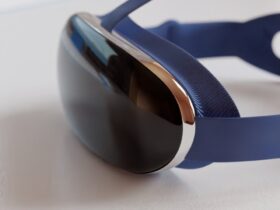A light-operating fish bot has been developed by scientists. This fish robot is able to swiftly move about, gathering up and eliminating plastic particles from their natural surroundings.
It has proven difficult to eliminate microplastics from water habitats because they may become stuck in crevices and fissures. Small, bendable, and self-propelled robotics have been presented as a means for getting to these contaminants and cleaning them up. Water may quickly harm hydrogels & elastomers, which are the conventional materials utilized for soft robotics.
Along the inside of clam shells, you’ll find a strong but flexible substance termed mother-of-pearl, sometimes described as nacre. Researchers hoped to build a flexible and robust fabric for soft actuators by experimenting with a gradient architecture.
An organized density gradient of the nanostructured materials was established across the material by the group using a layer-by-layer manufacturing approach. From this material, the scientists fashioned a miniature fish robot that measured 15 millimeters (approximately half an inch) in length. The fish’s back was made to flap by quickly activating and deactivating a laser that emits near-infrared radiation. This movement was what drove the robot ahead. At 2.67 body lengths every second, the bot was able to travel faster than formerly recorded for other soft aquatic machines and at a pace comparable to that of busy phytoplankton.
According to the findings, a swimming fish machine may continually absorb and move surrounding polystyrene plastic particles to a new location. Despite being sliced, the material was still able to absorb microplastics because it could mend itself.
According to the scientists, the fish robot might be used for detecting the presence of microplastics and other contaminants in hostile aquatic settings due to its high level of endurance and velocity.














Leave a Reply